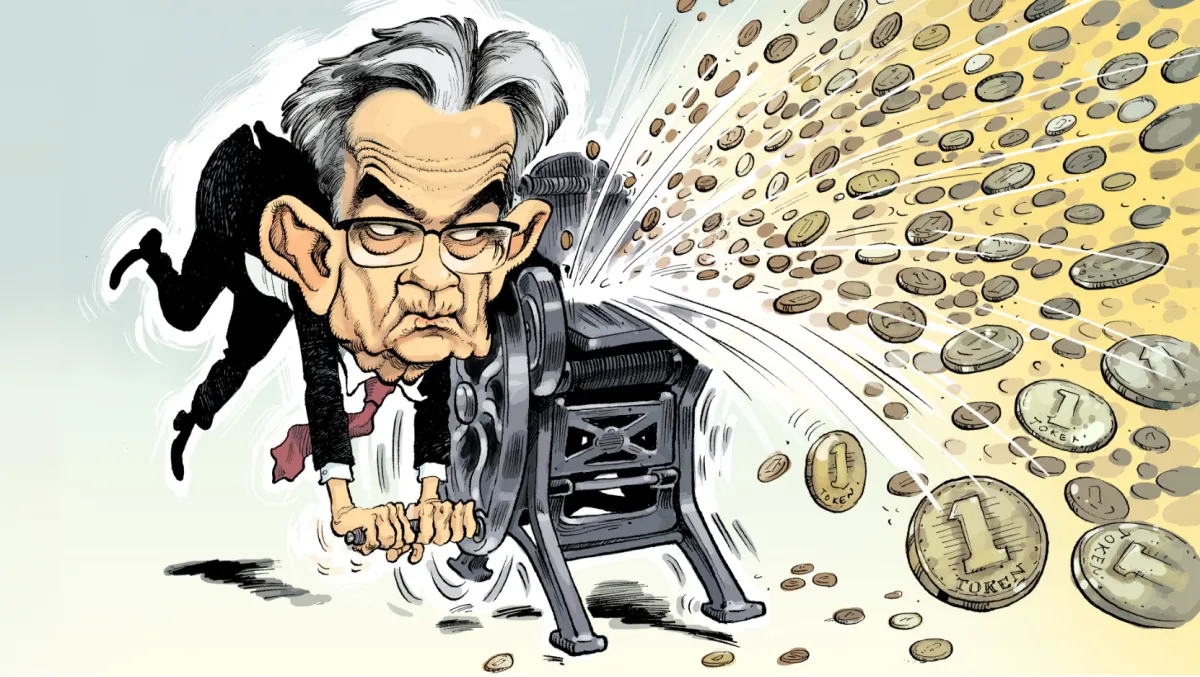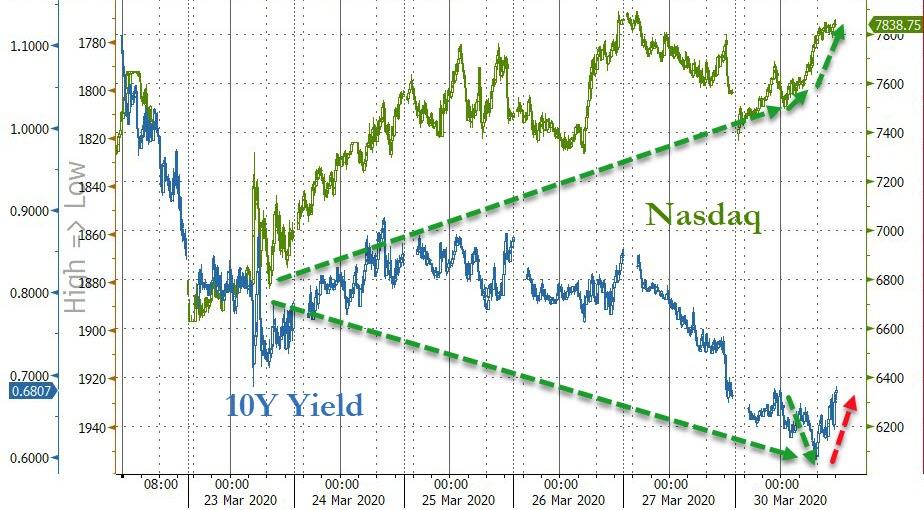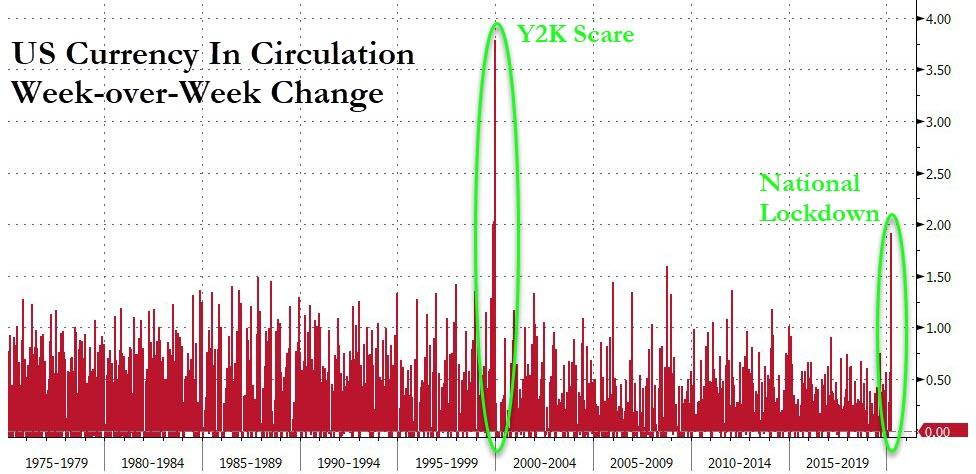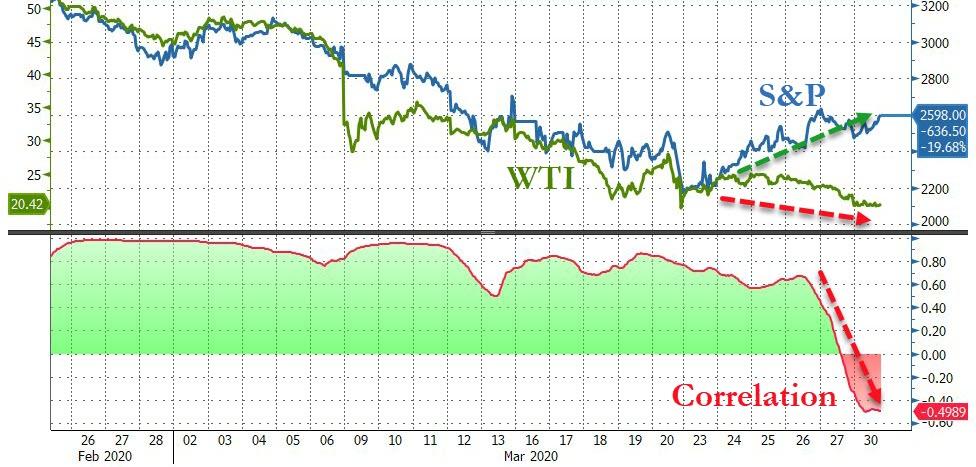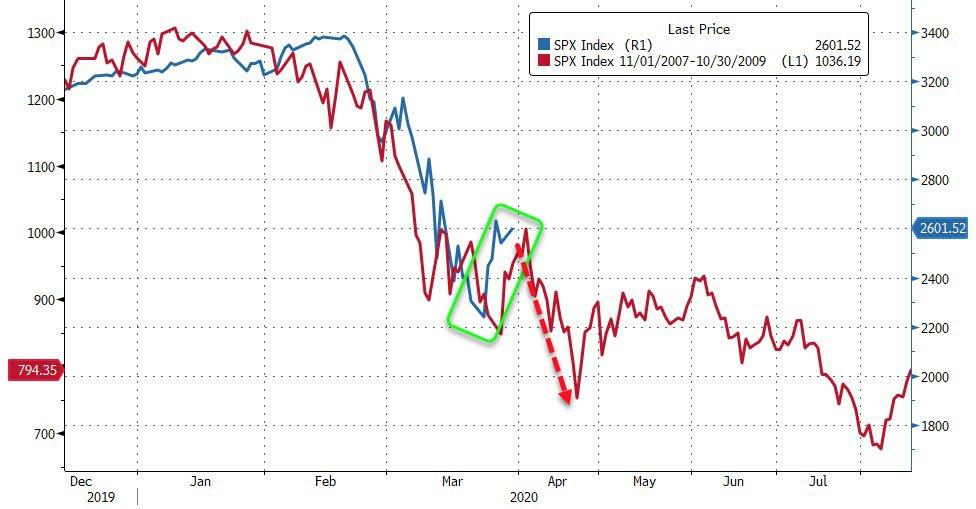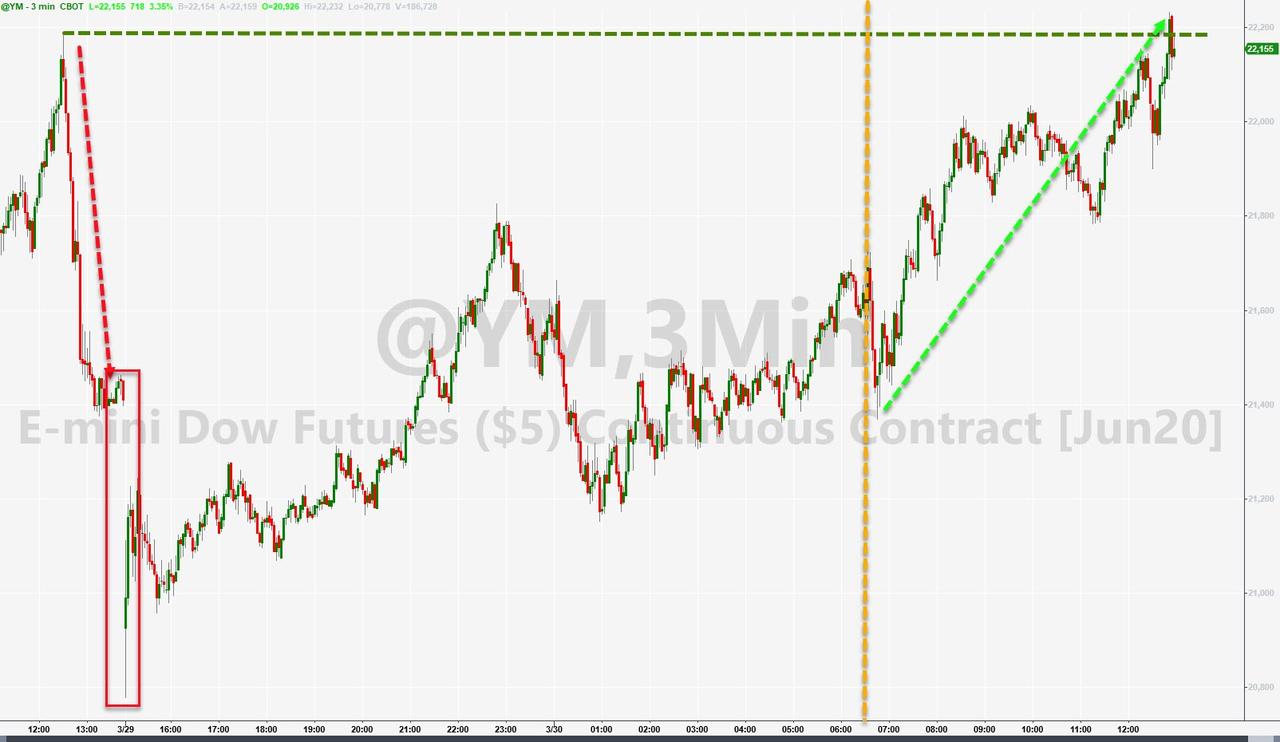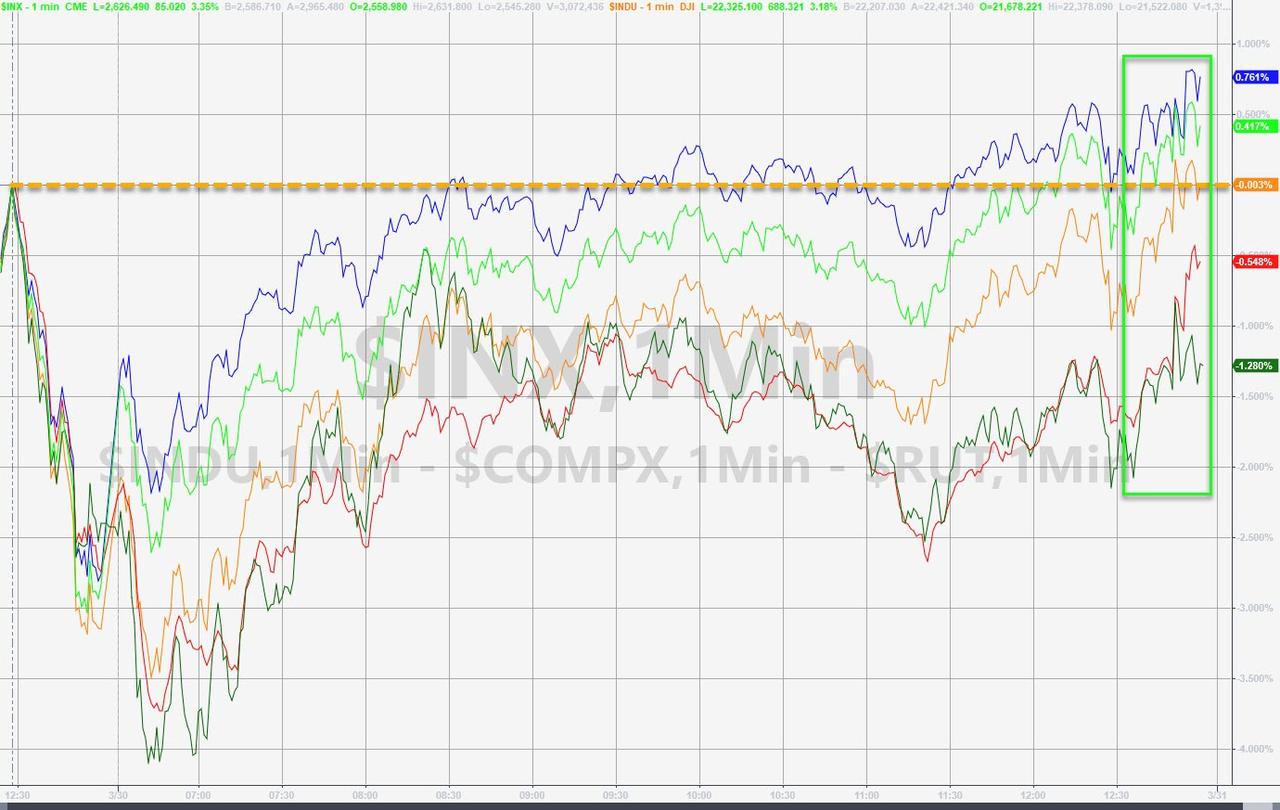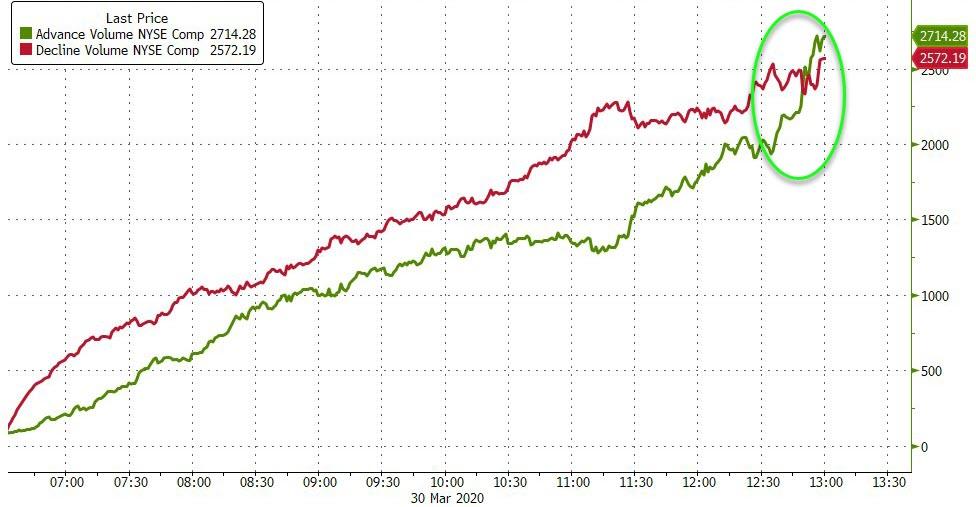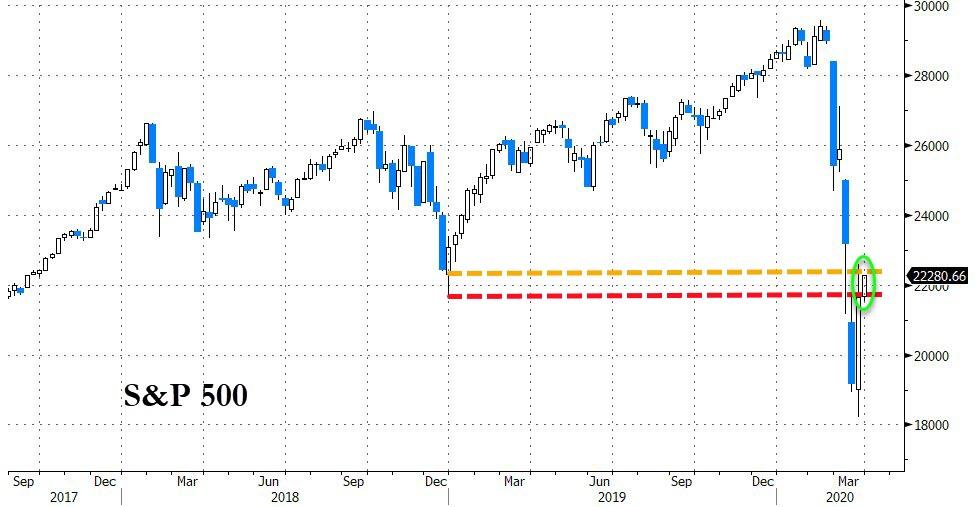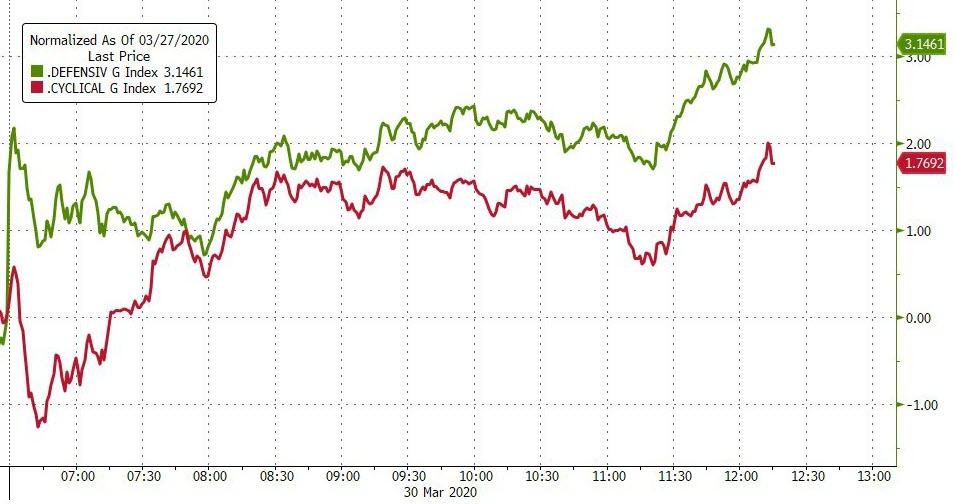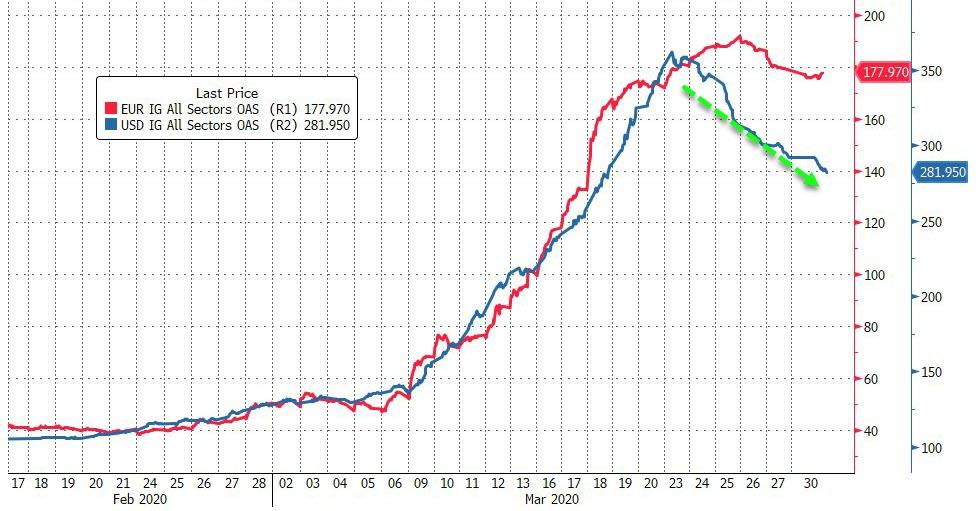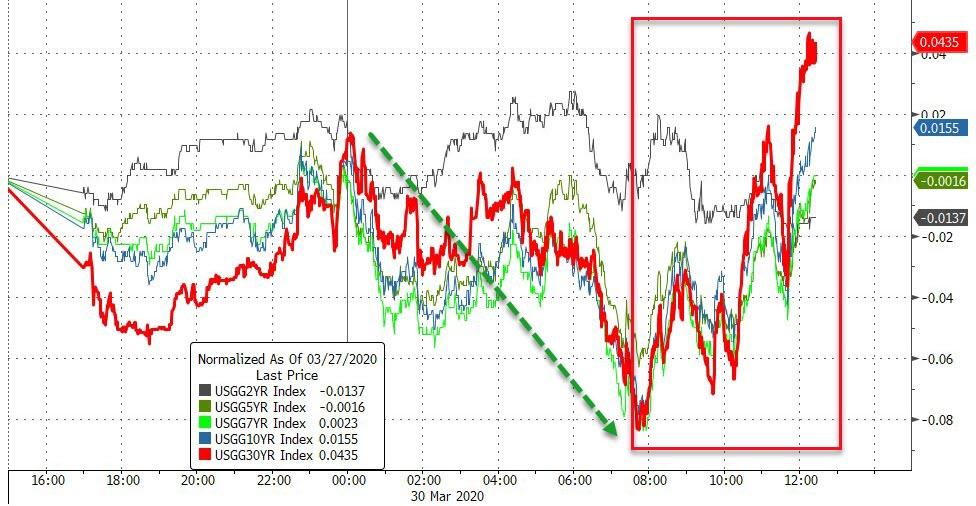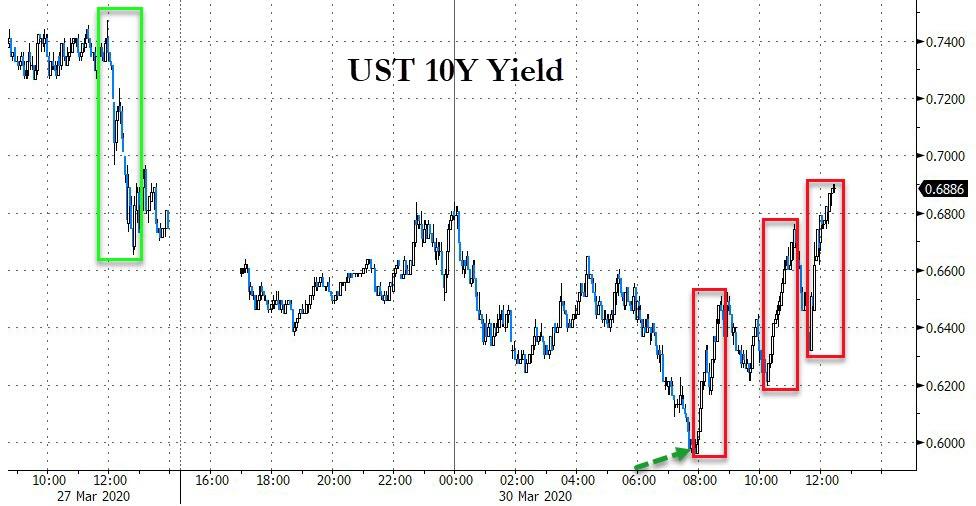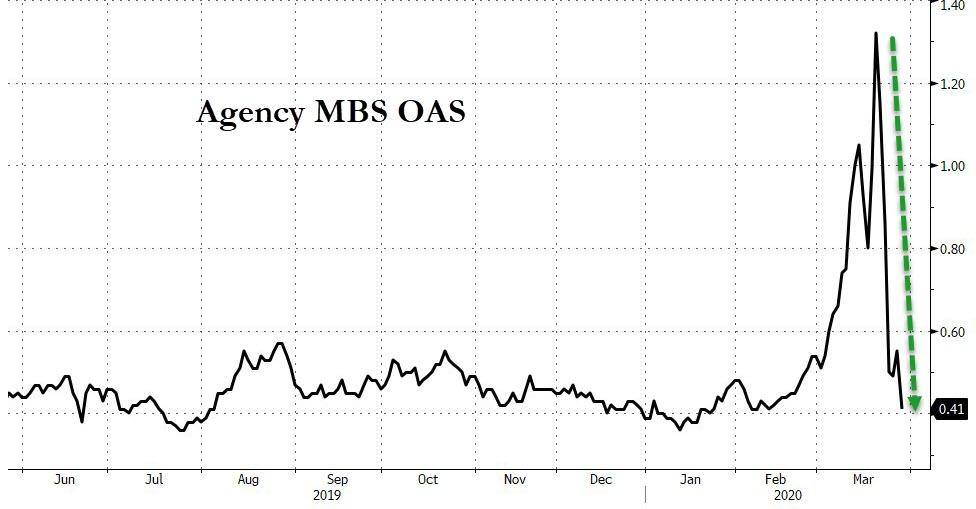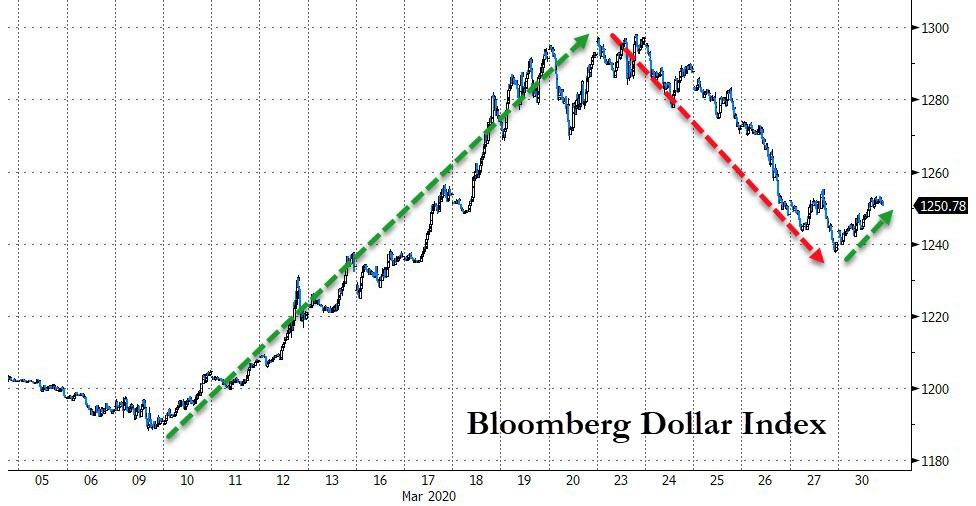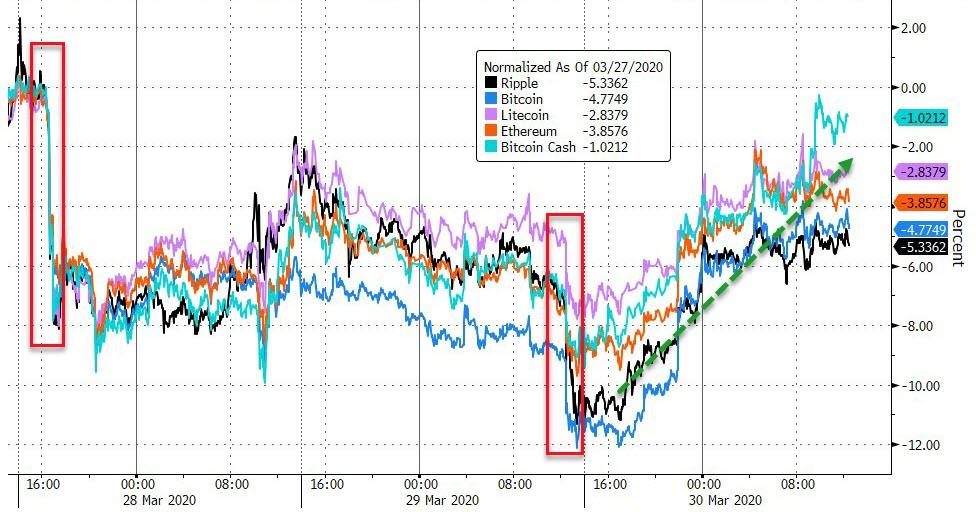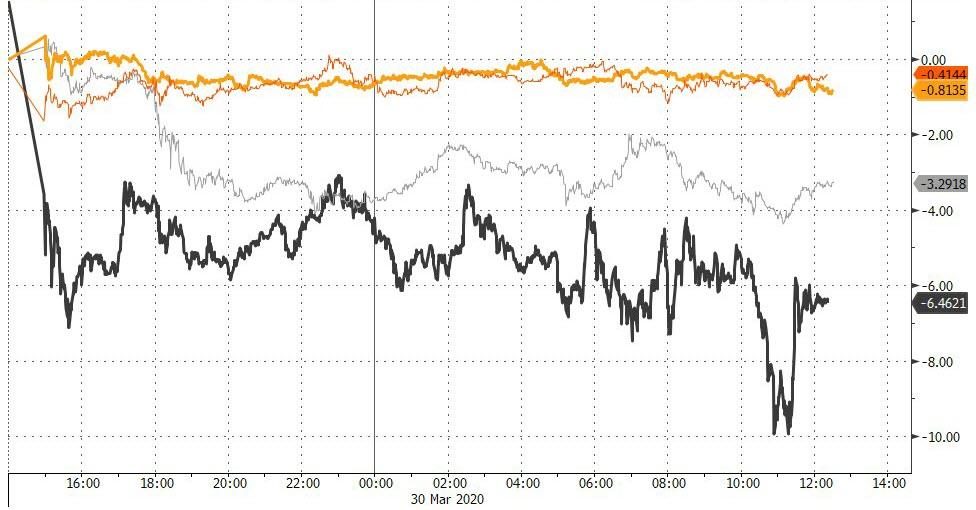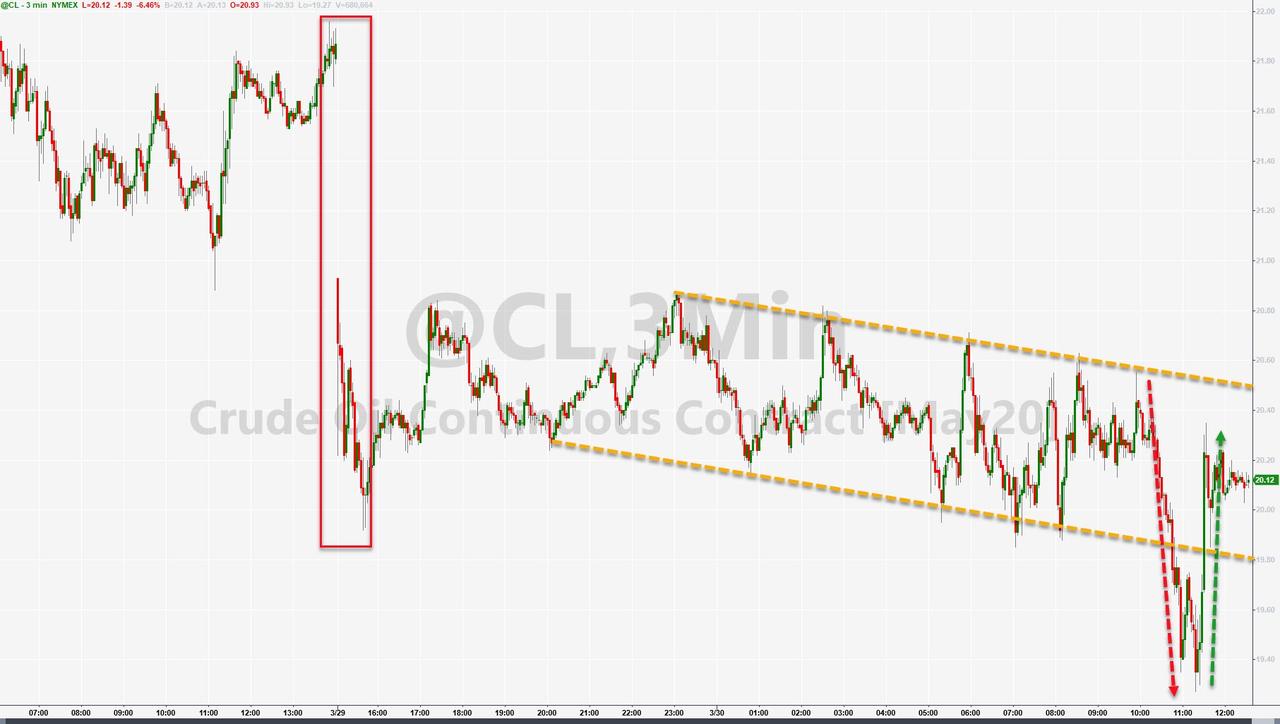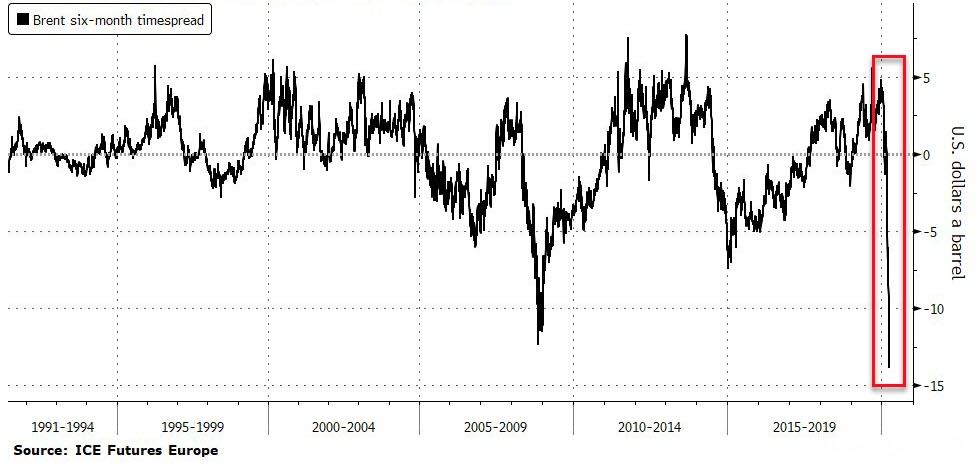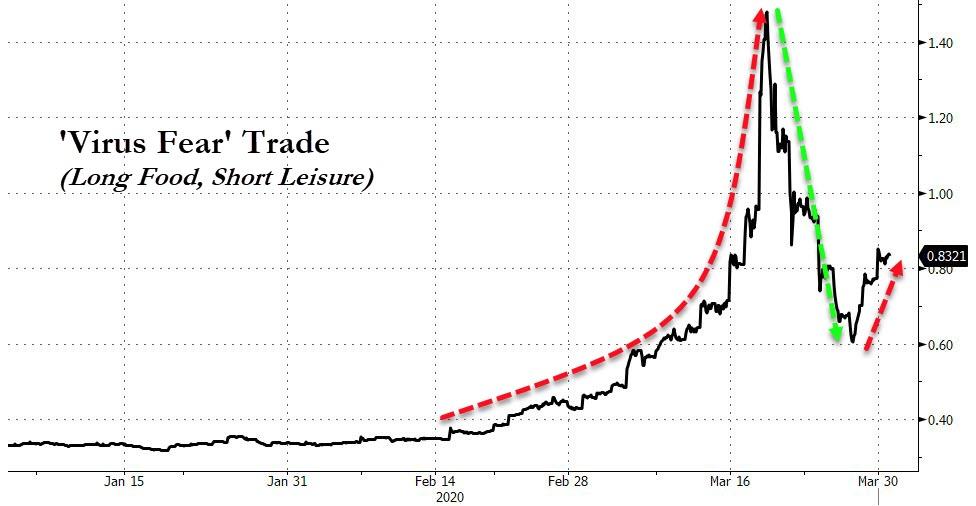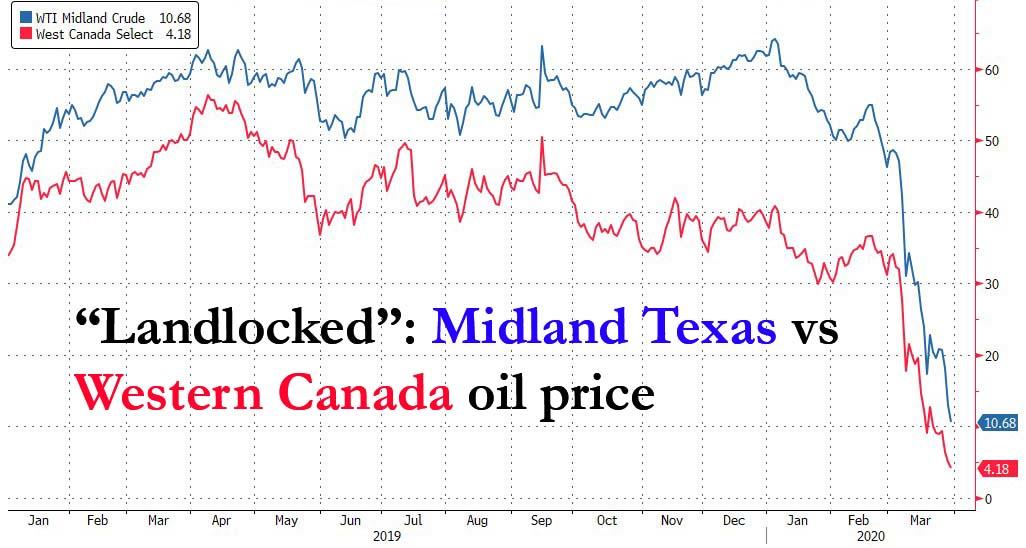One of the keys to slowing a pandemic is to trace infections: Find one person who’s infected. Identify, test, and quarantine all his contacts. Then trace, test, and quarantine his contacts’ contacts. Repeat until you run out of potential victims. This is pretty much the strategy followed during the current coronavirus outbreak by countries such as Singapore, South Korea and Taiwan. All three were faster off the mark than the U.S. or Europe, largely because their experience with SARS and MERS was so traumatic that they built the legal framework and the muscle memory to act quickly in the next outbreak.
The U.S. didn’t take this approach, and it was particularly hampered by botched testing at the Centers for Disease Control and Prevention and the Food and Drug Administration, from which we still haven’t completely recovered. Tests are becoming available much faster now, but widespread testing and tracing may not be feasible in places that have been hit hard, such as New York and New Jersey. In those states, more than 30 percent of the people tested have already been infected. But there are other states, such as New Mexico or Minnesota, where testing has been growing fast and infection rates are low enough that tracking infections looks like a feasible strategy. With the caveat that these numbers are undoubtedly distorted by who gets tested and how results get reported, there are still striking differences in the results among states, according to statistics compiled by the Covid Tracking Project and adjusted per capita by Buzzfeed:
|
State
|
Tests per 100,000 population
|
% found infected
|
|
New York
|
736.2
|
30.6
|
|
New Jersey
|
283.2
|
34.8
|
|
Washington
|
736.5
|
7.1
|
|
Minnesota
|
266
|
2.8
|
|
New Mexico
|
460
|
2.0
|
For places like Minnesota, New Mexico and even Washington, President Trump may have been right when he suggested that some parts of the country could use a strategy other than lockdowns to fight the virus. If so, the best alternative will be aggressive testing and contact tracing.
The countries that did contact tracing the most effectively relied in part on technology—phone location tracking, in particular. They’ve used the location services already built into mobile phones to find others who’ve been close to those who test positive. Privacy and civil liberties advocates hate the idea in principle, but they know no one values the privacy of their location history more highly than they value the lives of their loved ones. Rather than argue directly against phone tracking, privacy advocates such as Susan Landau have instead fallen back on a couple of practical objections.
First, they argue, we don’t have enough tests to imitate Asia. Really? I know the press is full of stories about U.S. testing shortages, and there are indeed supply bottlenecks in everything from protective gear to reagents. But a Trump-loathing press has every incentive to dwell on testing shortages as an emblem of administration errors at the start of the outbreak. In fact, testing capability in the U.S. is rising dramatically. Nationwide, testing has risen from a risible level—less than a thousand in early March—to 894,000 as of March 28. And new testing capabilities are coming online fast. The test-shortage argument may have been correct relatively recently, but if it still has merit, it won’t for long.
Indeed, we may soon have enough tests for some governors to mandate South Korean-style tracking and tracing. In fact, South Korea dodged disaster with a testing rate that isn’t any higher than New York’s or Washington’s today (around 730 per 100,000). Even more remarkable, Japan and Vietnam flattened their infection curves with per–capita testing rates that are even lower—well under 40 per 100,000.
To get a tracking program in place, we’ll need to use phone data; the alternatives are too slow and rely too much on fallible memories. Which brings us to the privacy advocates’ second argument: that phone location technology won’t do the job.
They have a point. Routine cell-sector data might identify a phone’s location within a few blocks—not exactly a fine tool for measuring the risk for infection. While triangulation and other tricks can improve that resolution substantially, it usually can’t say what floor of a large building the customer was on, and in many cases, such fine-grained resolution isn’t routinely collected. GPS signals are great if the user is outside, but not inside.
What public health officials need is a tool that will tell them who the phone’s owner has been close to—really close, like six feet or less. Luckily, the Singapore government has developed an app that does exactly that—and it’s open sourcing the software for the world. The app, called TraceTogether, uses Bluetooth to find nearby phones the way it finds our car audio or wireless earbuds.
The basic idea is simple: If two people who’ve downloaded the app come within six feet of each other and stay there for half an hour, their phones exchange unique identifiers and each phone logs the contact in encrypted memory. It remains encrypted unless one of them turns up positive for the virus. If that happens, public health officials ask for the phone’s contact log, translate the unique identifiers into phone numbers, and quickly call everyone who came within electronic range of the infected person. There are plenty of privacy safeguards built in: The logs never leave the user’s phone without his or her consent, and other users can’t learn anything about the people around them from the identifier.
In short, the app addresses most of the practical and privacy objections that American privacy advocates have put forward. It could be a game changer for states like Minnesota and New Mexico that already have strong testing programs and haven’t yet been swamped by the virus. They should be acting now, talking to Singapore officials and mobilizing local tech talent to adapt the tool and construct the back-end processes needed to get a state version off the ground.
For the app to work, it needs to be installed on a lot of phones. Some people will install it without much prompting. Who wouldn’t want to be called if they’ve unknowingly crossed paths with a coronavirus carrier? And many of us would be glad to have a log of our contacts if we test positive, instead of trying to reconstruct contacts from memory.
But asking people to download an app means delays and gaps in coverage, especially when some privacy advocates are dragging their feet, claiming as we’ve seen that the technology won’t work or arguing that it should wait until a regulatory regime has been enacted. To jump-start the program, governors should ask Apple and Google to auto-download the app to every phone in their states, along with a message explaining why users should activate it.
Actually, the governors probably don’t need to ask. Some 40 states have adopted one version or another of a model public health emergency law promulgated after 9/11. The law gives governors explicit authority to issue orders seizing “materials and facilities as may be reasonable and necessary to respond to the public health emergency.” Those facilities expressly include “communication devices,” and there’s no good reason to exclude the Android and Apple app stores from the authority.
In fact, if push comes to shove, the governors likely have authority to require that residents of their states activate the app. The law grants individual states the emergency authority to conduct “any diagnostic or investigative analyses necessary to prevent the spread of disease.” And, since Apple and Android know which apps we’ve activated, they could be ordered to identify those who haven’t registered for contact tracing. The federal law prohibiting disclosure of subscriber information to governments without a subpoena contains an express exception for “an emergency involving danger of death or serious physical injury to any person.”
In short, a forward-leaning approach to high-tech contact tracing is feasible. It could save many lives and get the economy back on track much faster. It’s time for governors in less affected states to do this.
If more incentive is needed, there’s one more thing. There’s a good chance that the governor who makes this work will end up running for president on the strength of that performance in four years. And perhaps even sooner.

from Latest – Reason.com https://ift.tt/3dI7tyX
via IFTTT
